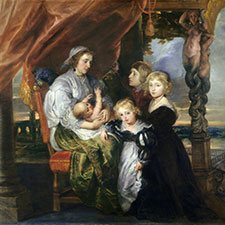
Rubens, The Gerbier Family
Rubens, The Gerbier Family: The thorough investigation and pigment analysis have answered several important questions concerning this painting.

Rubens, The Gerbier Family: The thorough investigation and pigment analysis have answered several important questions concerning this painting.

Rubens, Samson and Delilah: One of the most elaborate rendering of draperies in painting. The red robe of Delilah is painted predominantly in carmine.
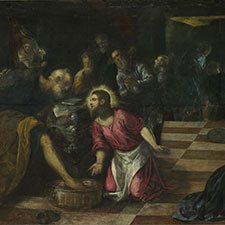
Tintoretto’s interpretaion of the biblical scene in bright colours which have now faded considerably. Main pigments are red lake, ultramarine and orpiment.
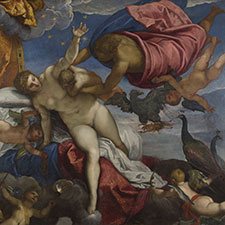
The pigment analysis of Tintoretto’s’ The Origin of the Milky Way’ revealed a very complex paint layer structure and the use of the rare pigment realgar.
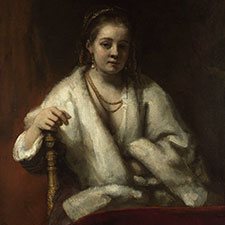
The pigment analysis of the ‘Portrait of Hendrickje Stoffels’ reveals unusual use of colour and the X-ray analysis shows the original pose of the sitter.

In ‘Saskia in Arcadian Costume’ Rembrandt used similar techniques to those in ‘Belshazzar’s feast. Copious use of azurite causes the overall greenish tint.
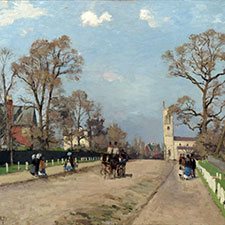
Pissarro, The Avenue Sydenham is painted in a style known as ‘peinture claire’ showing light tones and low contrast achieved by use of white pigments.
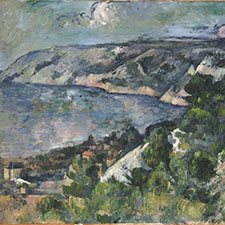
Pigment analysis of ‘Bay of l’Estaque’ revealed Cézanne’s rich palette with three different green, three different yellow and two different blue pigments.
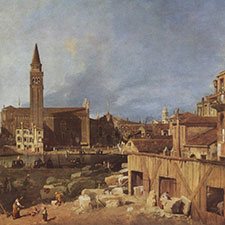
Stonemason’s Yard is another sight of Venice where the sky is painted with Prussian blue shortly after its discovery by Diesbach in Germany.
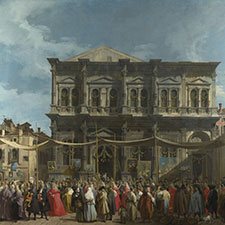
The Feastday of Saint Roch: Canaletto’s use of Prussian blue for the sky is one of the earliest occurrences of this pigment in the history of painting.
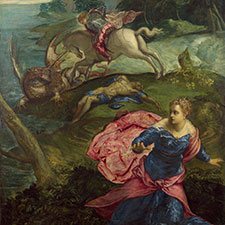
The pigment analysis of ‘St George and the Dragon’ underlines Tintoretto’s unusual treatment of this legend in putting the main emphasis on the Princess.
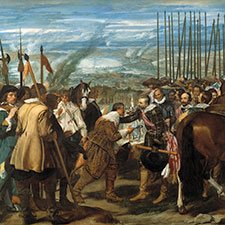
‘The Surrender of Breda’ is a work of absolute technical and conceptual maturity. The pigment analysis shows Velázquez’ extraordinary handling of color.

Bust of Philip IV is one of several portraits of the king. Scientific examination and pigment analysis revealed several later changes made by Velázquez.
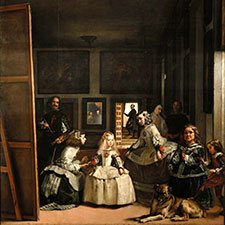
The pigment analysis of Las Meninas reveals the unusual and original use of colour by Velázquez in his best known masterwork.
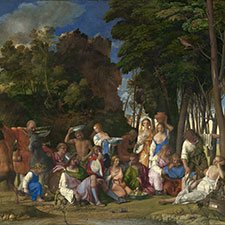
Feast of the Gods was painted by Bellini and later overpainted by Titian. The scientific examination reveals the details of this overpainting.
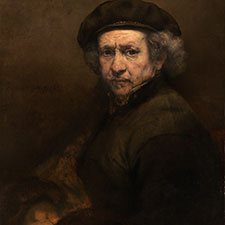
Rembrandt, Self portrait: The pigment analysis reveals a restricted palette of ochres, lead white and carbon black with minute traces of vermilion.
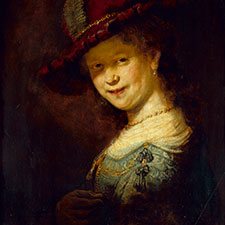
A Young Lady Smiling: an illustrated pigment analysis shows the pigments used by Rembrandt for the gold chain or for the green-blue robe.
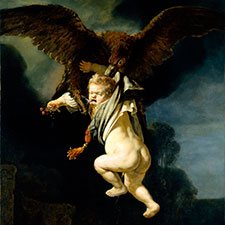
The Rape of Ganymede depicts the mythological scene of Zeus transformed into an eagle seizing Ganymede, the young son of the king of Dardania.

Saskia van Uylenburgh as Flora: the illustrated pigment analysis helps us understand how Rembrandt contrasted light and the dark but still colourful background.
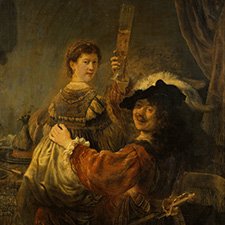
Self-portrait with Saskia: the illustrated pigment analysis reveals Rembrandt’s ingenious painting technique and his masterful handling of the medium.
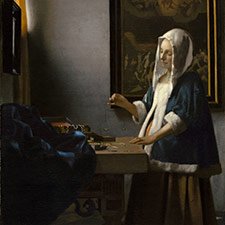
‘Woman Holding a Balance’: The pigment analysis and a collection of resources help us to appreciate Vermeer’s painting technique in this mature masterwork.
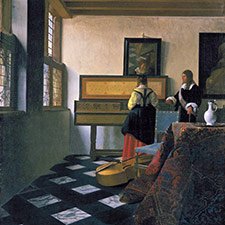
‘The Music Lesson’ is Vermeer’s mature work painstakingly composed and executed. The lady turns her back on the viewer but her head is reflected in a mirror.
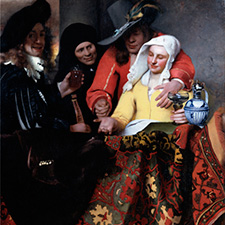
‘The Procuress’ is Vermeer’s first genre painting dominated by two colors: red in the man’s jacket and yellow in the woman’s tunic.
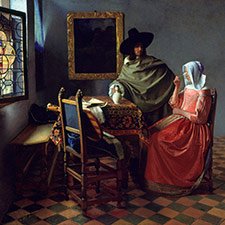
The ‘Glass of Wine’ is one of two Vermeer’s paintings showing a lady being offered a glass of wine by a gentleman with obvious amorous intentions.
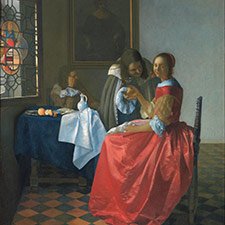
The ‘Girl with a Wineglass’ is one of two Vermeer’s paintings showing a lady being offered a glass of wine by a gentleman with amorous intentions.
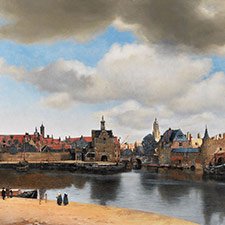
‘View of Delft’ by Vermeer is one of the most famous and beloved city views in western art. The harmony of the composition and the tranquillity are unique.

‘A lady reading a letter’ is Vermeer’s early painting and one of his first household scenes dominated by subtle light and seemingly stopped time.
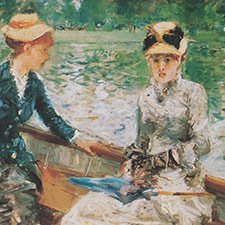
A Summer’s Day by Berthe Morisot is a beautiful example of an outdoor scene in Bois de Boulogne which was one of her favourite subjects.
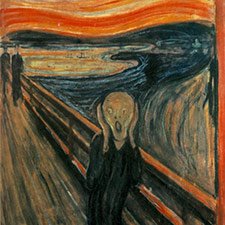
‘The scream’, a haunting image of a figure standing on a bridge. One of the most celebrated and recognized paintings in the history of Art.
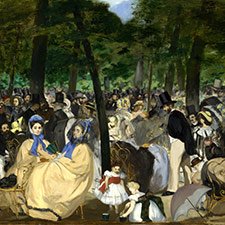
Music in the Tuileries Gardens is Manet’s influential work showing a selection of well-known characters of Parisian society listening to a concert.

Pigment analysis of ‘Christ in the House of Martha and Mary’ reveals Vermeer’s masterful handling of colour. One of the rare examples of uses of indigo.
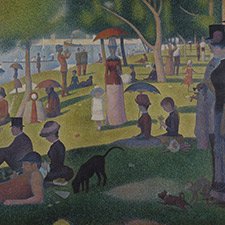
‘La Grande Jatte’ was painted according to the most advanced colour theories of Seurat’s time and it is the most important work of pointillism.
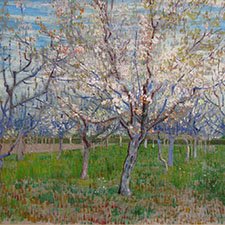
One of the triptych of orchards painted in Arles and at least partly inspired by Japanese prints. The red and yellow organic pigments have faded with time.
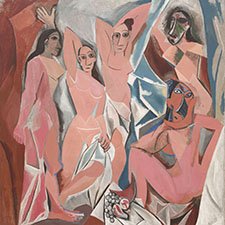
Pigment analysis of Picasso Les Demoiselles d’Avignon reveals the technique behind this epochal painting marking the beginning of Cubism.
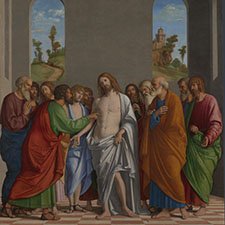
Pigment analysis of Cima’s ‘The Incredulity of Saint Thomas’ reveals the use of the usual Renaissance pigments applied in a very elaborate manner.

Raphael painted this masterful Madonna with Jesus, pope Sixtus II and St Barbara for the altar in the church of San Sisto in Piacenza.
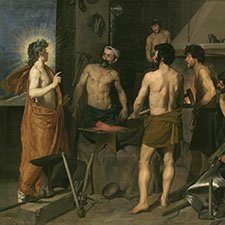
Velázquez used a limited choice of pigments to depict this antique myth of Apollo visiting Vulcan in his forge to tell him about his adulterous wife.
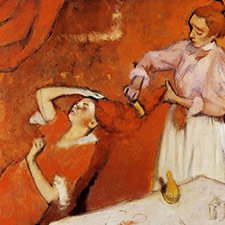
‘Combing the Hair’ is one of the versions of Degas’ favourite theme in his late years. The intensity and variety of the red colours is exceptional.
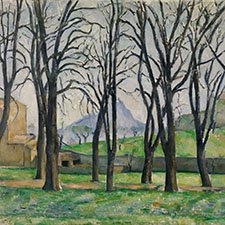
‘The chestnut trees’ is an unusual view of Jas de Bouffan, Cézanne’s country villa and is a fully representative example of the artist’s mature period.
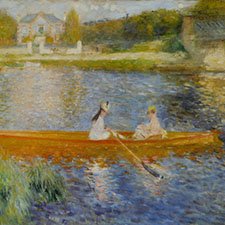
Learn about Renoir’s pigments and his painting technique in this impressionist painting of boating on the Seine.
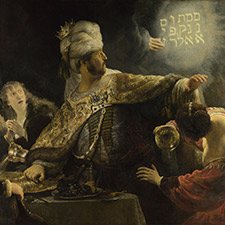
Rembrandt’s depiction of a story from the Old Testament about the blasphemy of the Babylonian king and his punishment by God.
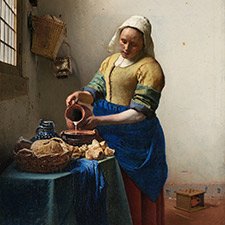
The pigment analysis of ‘The Milkmaid’ reveals the painting technique behind Vermeer’s masterful rendition of surfaces such es the whitewashed wall.
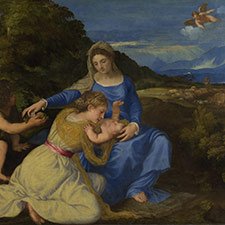
Titian, The Virgin and Child with the Infant Saint John and a Female Saint or Donor (‘The Aldobrandini Madonna’), about 1532
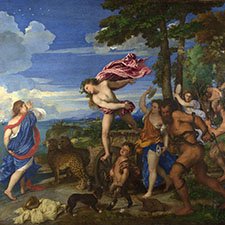
Titian, ‘Bacchus and Ariadne’. A classic story of love and deceit depicted by one of the greatest Italian painters of high renaissance.